How to activate uncertainty as a design-tool?
Credits
- Aayushi Vasnik
- Aditya Roy Chowdhury
- Akshay Khaneja
- Atakan Colak
- Diego Zambrano
- Dounia Moujahid
- Janna Vollrath
- Tanvi Sawant
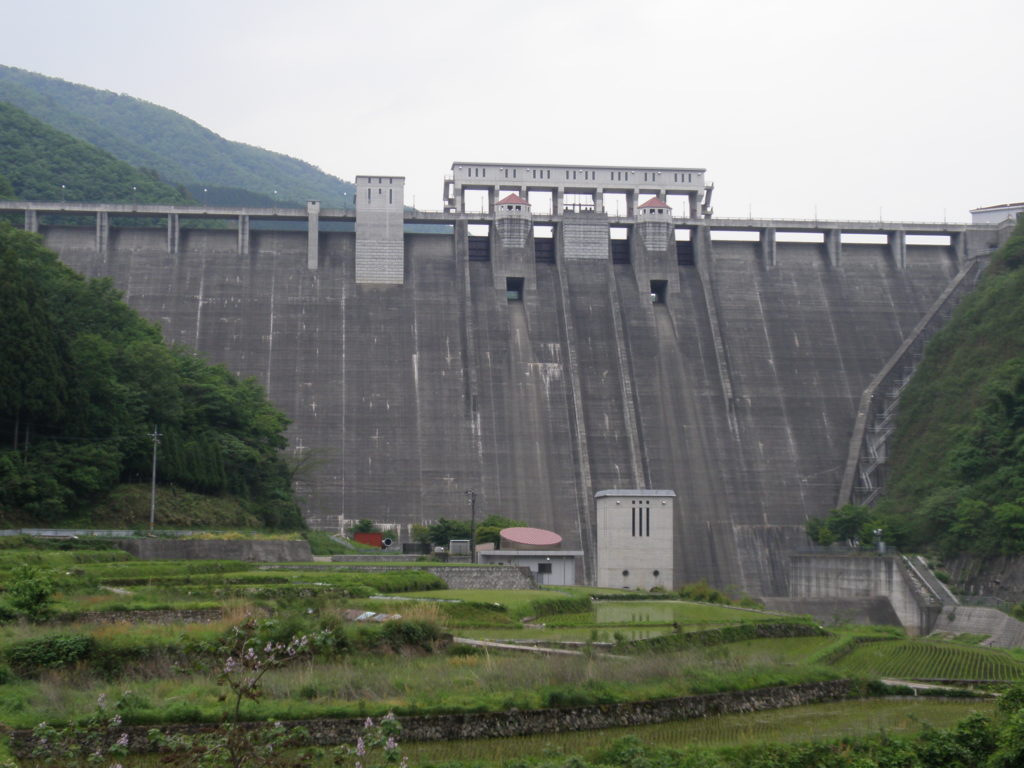
Incorporating the existing world into the new world.
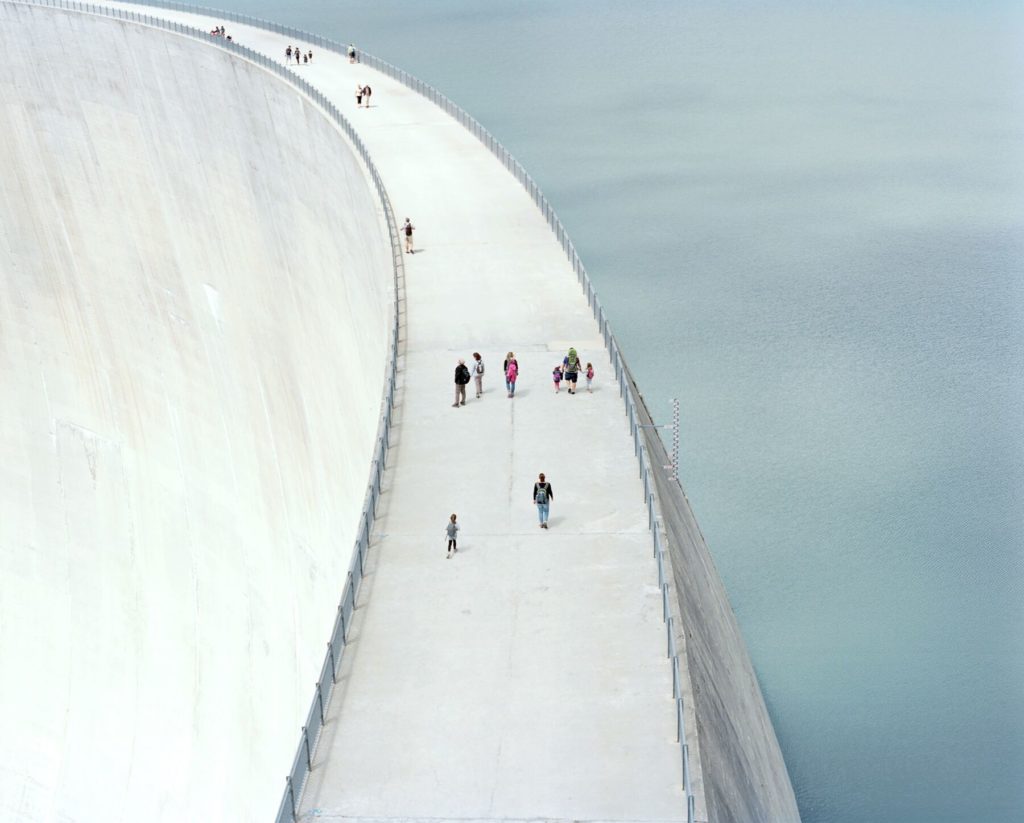
As Maya and Charlett approach the dam, the size of the dam wall catches Charlette’s attention.
Characters
Maya- Architect
Charlett- Daughter of Architect
Alex- Engineer
Oliver- Worker
It is autumn in Sandouping. The leaves, unsure of their directions float on the edges of a large lake. The lake is shadowed by the construction work of a dam on one of its edges. On the opposite end , there are two silhouttes, one crouching over the waters and one standing a bit behind.
Charlett: Mom, look at these pretty rocks I found in the water! They sparkle like little diamonds.
Maya: Oh, those pebbles do look lovely, sweetie. [pointing] See that path that goes up to the top of that giant wall?
Charlett: This giant wall was made by you, Mom?
Maya: [laughs] Yes, yes. I am part of a team that made this whole thing. As I was saying, should we go up that path? I have a long-time friend waiting for us. He will tell us how this giant machine works.
Charlett: That sounds awesome! Let’s go!
The two make their way towards the top of the dam. En route, they see a tall lanky figure emerging from the working site and coming towards them, waving.
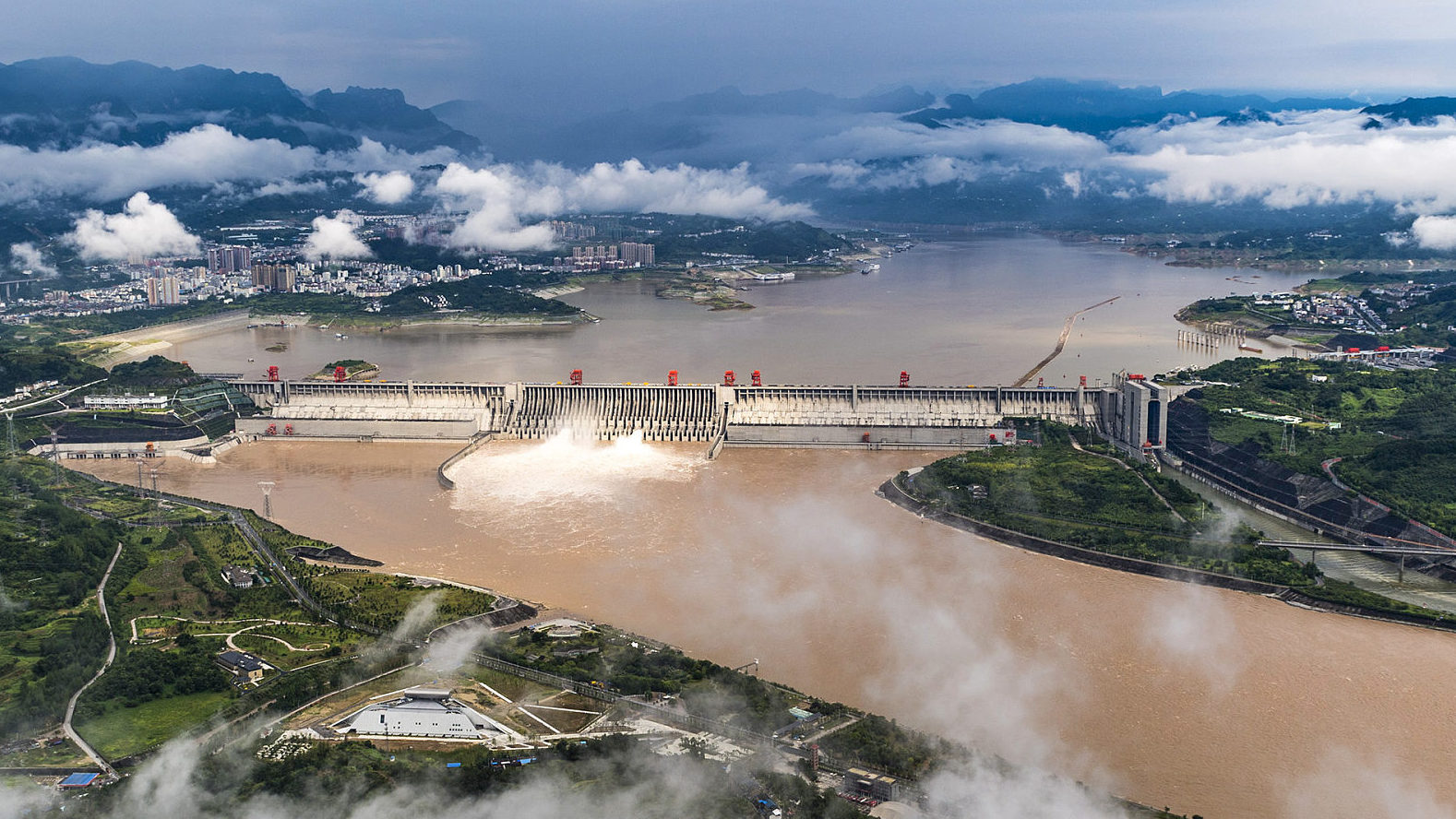
Fig 3: The Three Gorges Dam, VCG Photo
Alex: Hello there! How are you guys doing? I almost forgot the time, while preparing the final report.
Maya: Yes, the past week has been hectic.
The characters start walking to the top of the dam. The climb is a steep one. The path seems to be a landscape of truce between nature and man. On one side we have lychee trees in full bloom and, just a few meters away, there is the monolithic concrete wall of the dam rising up.
Maya: [Gazing at the view] Do you ever think about “where the demarcation line lies between a purposely designed building and a natural monument carved by years and years of wind, rain and sunlight, through erosion and entropy.”(1)
Alex: Well, I always had this idea of the infinite potential of the man-made. That “through technical power, humanity can overcome everything, including the very idea of limits; that it can produce more and more spaces that are a priori restricted; and that it owes no debt of life to anything.” (2)
Maya: Interesting, but I consider that we can’t think of “building another world without making first the effort to articulate it in this world and the logic within it”. At the end, “every world-making is a remaking”.(3)
Alex: I agree that this Earth has a role to take into this. That it “must be imagined, convened, assembled, created, and driven.” But “to suppose that a second Earth were appearing, […] it would no longer be clothed in the same thick mythological mantle”. (4)
Maya: Before thinking of the possible futures “there is a need to first render the present more contingent than it is presented to be; there is a need to show that the world in which we live is neither necessary nor complete.” (5)
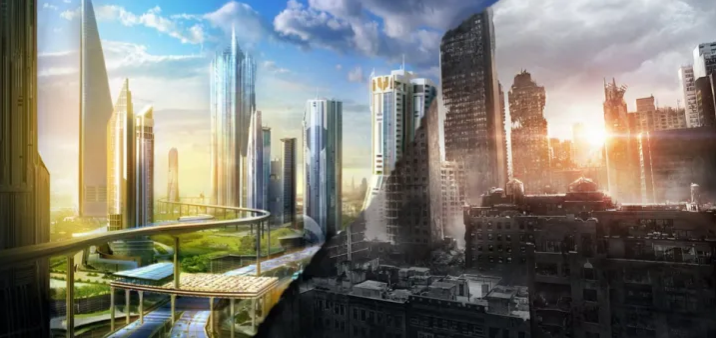
Incorporating the existing world into the new world.
The group is standing at the top of the dam, inspecting the progress. The sound of machinery and rushing water fills the air.
Alex: [Points to a machine operator] Hey Oliver, do you have the report ready? Please let me know as soon as you have it.
Charlett: [Eyes fixated on the view] Wow!
Maya: [In awe] Now this is what I call impressive!
Alex: Indeed, another day of taming nature. The future is upon us!
Maya: The future? I think that “the future is a cultural construction – A projection that changes as systems continue to develop.” (6)
Alex: But to think that we as a species never conducted such an impact on the natural order. And by exerting this impact, “the emergent question is one of sustainability. […] and from a symbolic point of view, the Earth is perhaps to be understood as the ultimate, or last utopia.” (7)
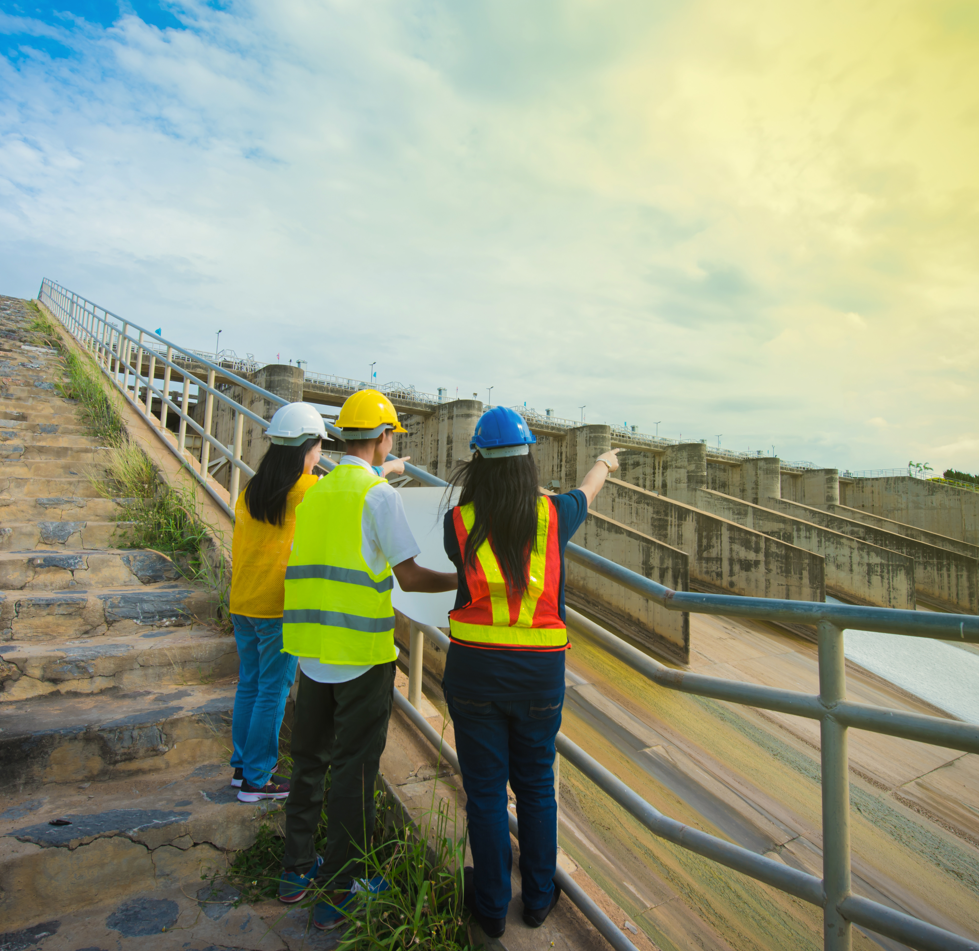
The group was fascinatetd by the sight of the dam construction.
Oliver, an elderly worker who was listening from afar and with a grim expression on his face, approaches them.
Oliver: [Taps his helmet] Utopia, you say? The future? Let me tell you something, the future once showed bright in these lands. Many years ago, before the concrete made its way here, people danced with youthful exuberance, as if every dawn birthed a fresh canvas for aspirations to paint upon. The horizon would seem to be greeting us with countless possibilities. But now the interests of the powerful prevailed and the future is ours no more.
Alex: “No entity is static. Instability is part of an entity’s architecture and its functioning. New entities arise through the process of continual combination and recombination. The living can only ever have an order imposed on it that is artificial” (8). So really, you cannot possibly expect civilization to stay put, while all the unexploited potential surrounding it goes to waste.
Charlett: But how do we know when to stop? Because technology just keeps getting better and better. Every few years we come up with better ways of doing the same things. Aren’t we going in circles?
Oliver: Very brilliant question my child. You see, mankind is plagued with an incurable disease called greed. “The man never rests until he destroys everything around him. He goes on, conquest after conquest […] And when he has conquered all the deep space, and all the mysteries of time, he will still be beginning a new conquest.”(9)
Alex: We are programmed to seek knowledge and to push boundaries no matter the price.
Oliver: “The truth is that our time in this world is coming to an end. It’s happening in front of our eyes. Disasters happening one after another, and like a canary in a mine,”(10) messaging us the upcoming danger. The downfall of the world.
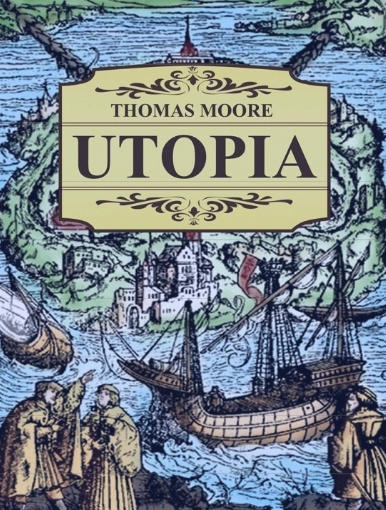
Climate Change has so many negative impacts on the world. Glaciers are melting, ocean acidification is increasing and causing a significant biodiversity loss. We have been warned so many times and are still trying to find ways to stop climate change. We try to solve problems locally. But every year, the situation is just getting worse. This shows us a global solution is needed. We know how to solve or face local problems, but climate change will still affect different places in different ways. We cannot foresee what will happen next. This is the uncertainty we’re facing now.
The world does not revolve around us. It’s time to start rethinking our ways.
Maya: Certainly, I have to admit that this world “is packed with solutions and saturated with impossibilities” (11). We know that no matter how hard we try, as humans we simply cannot reach that level of beauty, but technology helps us get as close to it as possible. So we try to learn from nature by adopting its behaviors and recognizing its patterns.
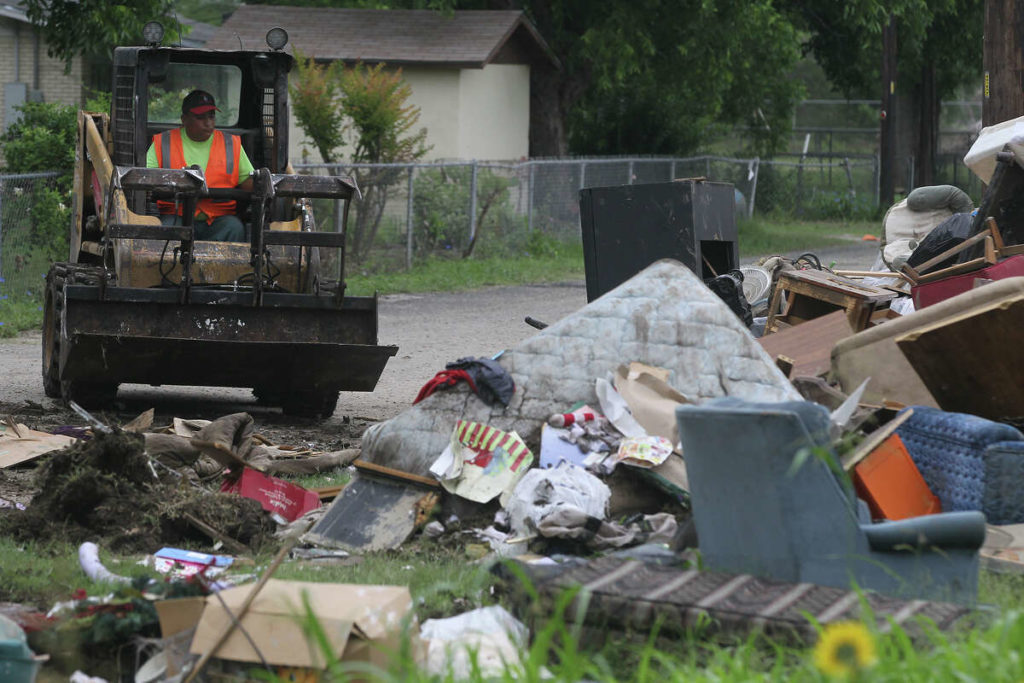
The contrast between construction and destruction as a construction vehicle drives to the piles of a household’s belongings.,2013
As their conversation continues, the massive machinery on the dam suddenly grinds to a halt. The intense noise disappears all of a sudden and there’s only the breeze and the flow of the water to hear as the workers scramble to figure out what went wrong.
Maya: [Worried] Why did everything stop? This can’t be happening!
Alex: [Examining the machinery] It looks like a critical malfunction. The systems have shut down.
Oliver: Maybe this is a hint of the universe, it is reminding us of the insignificance of our schemes. Whether we look back to Campanella’s Renaissance-era Civitas Solis or forward to contemporary projects like The Line from the Saudis, the outcome should come as one and only, to fail.
[Silence]
Alex: [Resigned] So it finally comes to this, to become pointless.
Maya: Perhaps this is only a matter of perspective. [Grabs a pebble on the concrete floor]
Maya: Maybe we can see these projects as projectiles. [Throws the pebble into the abyss] “What we need are the projectiles that can open, in the world in which we live, real possibilities of accessing new worlds.” To design “such projectiles, abandoning the old and linear modern notion of the project but without retreating from inventing other possible futures”. (12)
Maya: “Rather than grand, already unified projects, what we need are universalist-oriented projectiles”. (13)
Alex: So there’s uncertainty even in the present. Who knows? Maybe “the future is actually inscribed in the present” (14), waiting to be born.
Maya: Yes. You could say that.

Charlett, meanwhile, has her eyes fixated on a small patch of vegetation on the very edge. As a cocoon, shrouded in mystique, begins to unveil, unprepared. Transfixed upon the metamorphosis, as life’s secrets gently enthrall. With delicate anticipation, she witnesses nature’s tender dance. A tale of rebirth, of transformation, in a silent, sacred hour, In this exquisite moment, life’s enchantment is softly unsealed, As the cocoon hatches, and a butterfly’s destiny is revealed.
Charlett: [Thoughtful]: Mommy, why are people scared of not knowing what’s gonna happen, while you could try to create something new? Can it be like a paper to paint with our imagination, and use it together to make a beautiful, mysterious picture of the future?
The group stares into the horizon, the question reverberating in their minds. The sky is lit up by the last rays of the sun as the landscape readies itself to be blanketed by a calm darkness.
Bibliography
Robin Mackay, “Construction Site for Possible Worlds”, 2020
Achille Mbembe, “The Earthly Community: Reflections on the Last Utopia”, 2022
Peter Brannen, “The Ends of The World”, June 13, 2017
H. G. Wells, “Fictional character, “Things to Come”, 1936
Franco Berardi, “Futurability: The Age of Impotence and the Horizon of Possibility”, 2017
Citations
(1) Robin Mackay, “Construction Site for Possible Worlds”, Pg-9
(2) Achille, “The Earthly Community: Reflections on the Last Utopia”, Page-25
(3) Robin Mackay, “Construction Site for Possible Worlds”, Pg 21
(4) Achille, “The Earthly Community: Reflections on the Last Utopia”, pg- 27
(5) Robin Mackay, “Construction Site for Possible Worlds”, Pg-22
(6)Franco Berardi, Futurability: The Age of Impotence and the Horizon of Possibility
(7) Achille, “The Earthly Community: Reflections on the Last Utopia”, pg-21
(8) Achille Mbembe, “The Earthly Community: Reflections on the Last Utopia”, Pg-18
(9) H. G. Wells “Fictional character, “Things to Come”, 1936
(10) Peter Brannen, “The Ends of The World”, 2017, Pg-2
(11) Robin Mackay, “Construction Site for Possible Worlds”, Pg-3
(12) Robin Mackay, “Construction Site for Possible Worlds”, Pg-21
(13) Robin Mackay, “Construction Site for Possible Worlds”, Pg-22
(14)Franco Berardi, Futurability: The Age of Impotence and the Horizon of Possibility, Pg- 15

